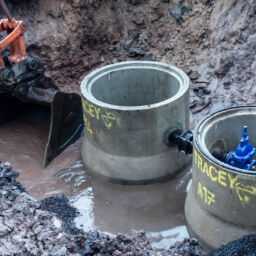When you’re putting on an event, whether it be a humble school play or an extravaganza, stage lighting rental is a must. Lighting is a driving force of your production, providing illumination, focus, detail and altering the perceptions of the audience. There is nothing that so crucially conveys a mood better than a good lighting system, and with unlimited creative potential, will serve as a huge asset to your production.
Focus, position and hanging
Traditional stage lighting must be established with these three considerations in mind. Focus refers to where the light will be pointing; position refers to where the light will originate from; hanging refers to the actual act of hanging the light. Colour, intensity and pattern (if any) will need to be considered next.
Types of stage lighting
- Ellipsoidal – these lights are the traditional stage lights and considered to be the most important. They are focusing lights, the appearance on stage of which can be altered by shutters and filters.
- Fresnel – these lights are used for colour washes on the stage.
- Scoop – basically a floodlight. Can provide a fully lit stage or area.
- Par Cans – these lights are the type you will see in even the dingiest of pubs. Always a hardy option, par cans can take a beating, are durable and easy to transport.
- Followspots – these are spotlights used to follow someone around a stage.
Of course, there are more and more options available for stage lighting with the constant advance of technology. Now you’ve got the basics, here are a few more options:
- LEDs – these lights are good for focused beams and have been slowly replacing traditional bulbs in stage lighting.
- Dizzies – these lights are round spheres with several LED lights (usually of differing colours) covering the surface. The sphere rotates in a variety of directions and patterns, creating a swirling, dizzying pattern, hence the name.
- Gels – this term refers to the colours given to lights. They work as colour filters, and must work in harmony with the colour of the light itself to achieve the desired effect.
Once you’ve got your types of lighting down, you’ll need to think about where to place them. Here’s a basic rundown of lighting positions:
- Front – this is used mainly for visibility and colour effects. Side – can be used to great effect to accentuate action.
- Back – also used for effect. This type of lighting can create the illusion of depth on a stage, or even for silhouetting a person completely.
- Down – also contribute to the illusion of depth and can be used to isolate people on stage.
- Background – bold and sweeping, background lighting brings the whole picture to life, creating a cohesive picture.
It’s no easy task creating a lighting plan for your next event, be it a concert, play or corporate dinner. Expert advice is your friend here, so talk to professionals about your creative vision.
AUTOPOST by BEDEWY VISIT GAHZLY

